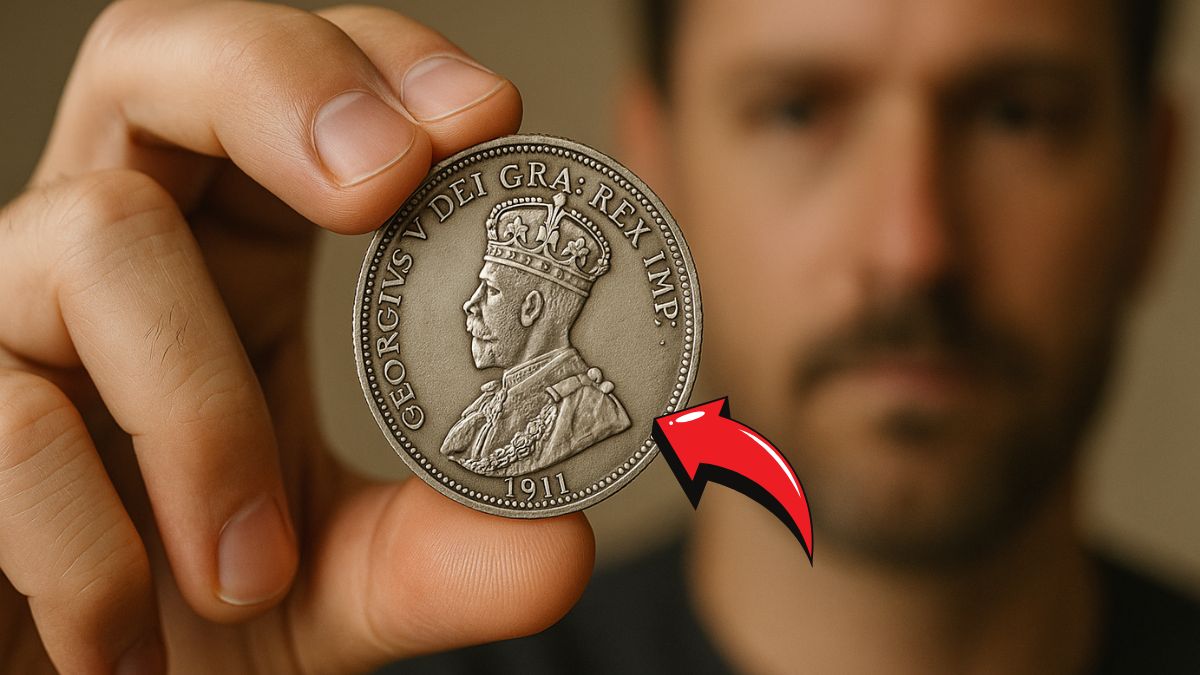Why the 1911 Canadian Silver Dollar Is Worth Over $1 Million
The 1911 Canadian Silver Dollar stands as a testament to rarity and historical significance in the world of coin collecting.
Often referred to as the “Emperor of Canadian Coins,” this elusive piece has captivated collectors and historians alike, fetching over $1 million in auctions and holding a revered place in Canada’s monetary history.
The Genesis of the 1911 Silver Dollar
In 1910, the Canadian government authorized the creation of a silver dollar coin. The Royal Mint in London prepared the dies, and by 1911, three trial strikes were produced: two in silver and one in lead.
However, the project was halted due to political changes and controversies over the coin’s design, particularly the omission of the phrase “Dei Gratia Rex” (By the Grace of God), leading to public outcry.
Consequently, the silver dollar was not mass-produced, rendering the trial pieces exceedingly rare.
The Known Specimens: A Trio of Rarity
Only three specimens of the 1911 silver dollar are known to exist:
| Material | Current Location | Notes |
|---|---|---|
| Silver | Bank of Canada Museum | On loan from the Royal Mint Museum since 1976 |
| Silver | Private Collection (formerly owned by George H. Cook) | Sold for over $1 million in 2003 |
| Lead | Bank of Canada Museum | Discovered in 1977 during an office move |
The silver coin in private hands has changed ownership multiple times, each transaction highlighting its increasing value and desirability among collectors.
Factors Contributing to Its High Value
Several elements contribute to the 1911 silver dollar’s immense worth:
- Extreme Rarity: With only three known specimens, its scarcity is unparalleled.
- Historical Significance: As a coin that was never officially circulated, it represents a unique “what could have been” in Canadian currency.
- Condition: The privately held silver coin has been preserved in exceptional condition, graded as SP-65 by PCGS.
- Collector Demand: Its storied history and rarity make it a coveted item among numismatists worldwide.
Auction Highlights and Ownership Timeline
The privately owned silver 1911 dollar has seen notable sales:
- 1965: Sold to John McKay-Clements, former mayor of Haileybury, Ontario.
- 1979: Purchased by Anthony Carrato for $160,000.
- 1981: Acquired by Joseph Carlton and David Hirschman for $325,000.
- 2003: Bought by George H. Cook for over $1 million.
- 2019: Sold at auction for $552,000, including buyer’s premium.
Each sale underscores the coin’s escalating value and the fervent interest it garners in the numismatic community.
The Coin’s Design and Specifications
The 1911 silver dollar features:
- Obverse: Portrait of King George V.
- Reverse: A wreath of maple leaves encircling the denomination and date.
- Composition: .925 sterling silver.
- Diameter: 36 mm.
- Weight: 23.33 grams.
Its classic design elements reflect Canada’s heritage and the era’s artistic sensibilities.
The 1911 Canadian Silver Dollar is more than just a coin; it’s a tangible piece of history, embodying a unique narrative in Canada’s monetary evolution.
Its rarity, coupled with its historical and cultural significance, cements its status as a numismatic marvel, captivating collectors and historians alike.
FAQs
What makes the 1911 Canadian Silver Dollar so valuable?
The coin’s value stems from its extreme rarity, historical context, and pristine condition. As one of only three known specimens and the only one in private hands, it holds immense appeal for collectors.
Where can one view the 1911 Canadian Silver Dollar?
Two specimens—the silver and lead versions—are housed at the Bank of Canada Museum in Ottawa, available for public viewing.
Has the coin’s value appreciated over time?
Yes, the coin has seen significant appreciation, from $160,000 in 1979 to over $1 million in 2003, reflecting its growing desirability and rarity.

